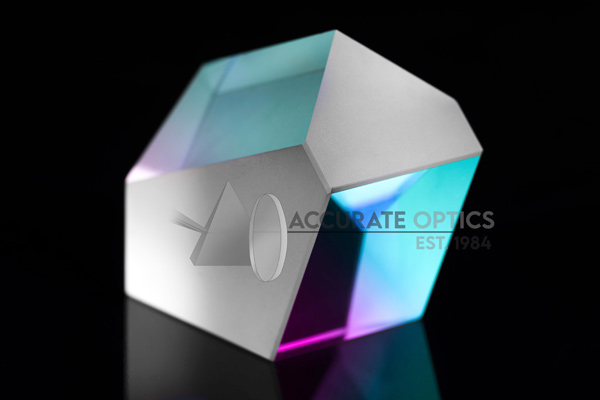The Incredible Right Angle Prism: How It Works and What Uses It Has
A right angle prism is a triangular prism that has two of its faces meeting at right angles. Right angle prisms are used in a variety of applications, including optical instruments, the manufacturing of reflective materials, and the protection of buildings from earthquakes. In this blog post, we will discuss the various ways in which right angle prisms are used and how they work!
What is a right angle prism?
A right angle prism is a type of optical prism that has flat sides and two 90-degree angles. The flat sides make it possible to reflect light at a right angle, while the 90-degree angles allow the light to pass through the prism unchanged. Right angle prisms are used in a variety of applications, including optics, photography, and scientific research.
How does it work?
A right angle prism is a type of optical prism that reflects light at a 90 degree angle. It is made up of two triangular prisms, one on top of the other, with their bases joined together to form a right angle. Light enters one face of the prism and is reflected off the internal surfaces until it exits out another face.
Types of right angle prisms
There are two types of right angle prisms: isosceles and equilateral. Isosceles right angle prisms have two sides that are equal in length, while equilateral right angle prisms have all three sides equal in length.
Uses for a right angle prism
Right angle prisms are used in a variety of ways, including:
- To reflect light
- To refract light
- To disperse light
- To create images
- To change the polarization of light
- To separate light into its component colors
Right angle prisms can be made from a variety of materials, including glass, plastic, and metal. They are used in a wide range of applications, from scientific experiments to optical devices.
Advantages of using a right angle prism
A right angle prism is a very versatile piece of equipment. It can be used for a number of different purposes, including:
- Viewing objects from different angles: A right angle prism can be used to view an object from multiple angles. This is useful for studying the object in detail or for getting a better understanding of its overall shape.
- Splitting light: A right angle prism can be used to split light into its component colors. This is useful for analyzing the composition of light or for creating colorful displays.
- Focusing light: A right angle prism can be used to focus light onto a single point. This is useful for magnifying objects or for creating a concentrated beam of light. These are just a few of the advantages that a right angle prism has to offer. If you are in need of a versatile piece of equipment, then a right angle prism is definitely worth considering.
Examples of real-world applications using a right angle prism include:
- Refracting light in a periscope
- Dispersing light into a spectrum in a spectroscope
- Creating polarized light in an analytical polarimeter
- Image relay and turning in fiber optic imaging systems
- Selective wavelength reflection in dichroic filters
- Deflection of a laser beam by total internal reflection
- Constructing a corner reflector for radar applications
- Making a periscope
- As an emergency signaling mirror
- In some binoculars and monoculars
- In some telescopes and microscopes
- In many optical experiments
A right angle prism can be used for many different things. Some examples of real world applications are listed above. Did you know that a right angle prism can also be used in binoculars and monoculars? It’s true! This type of prism is essential for many optical experiments as well. Who knew such a small object could have so many different uses?
FAQs on Right Angle Prism: How It Works and What Uses It Has
1. What is a Right Angle Prism?
Right Angle Prism is a type of optical prism with a 90-degree angle between its two perpendicular faces.
2. How does a Right Angle Prism work?
It works by reflecting light internally at a 90-degree angle, allowing for redirection without altering the image’s orientation.
3. What are the uses of a Right Angle Prism?
Right Angle Prisms have various applications, including in periscopes, surveying instruments, binoculars, cameras, and other optical devices where light redirection is needed.
4. Can a Right Angle Prism be used to invert an image?
Yes, by reflecting light twice within the prism, a Right Angle Prism can invert an image along one axis while maintaining its original orientation along the other axis.
5. How does a Right Angle Prism compare to other prism types?
Compared to other prisms like Porro prisms, Right Angle Prisms are more compact and simpler in design, making them suitable for space-constrained optical systems.
6. Can a Right Angle Prism be used in laser applications?
Yes, Right Angle Prisms are commonly used in laser systems for beam redirection, alignment, and reflection due to their precise 90-degree angle.
Thanks for reading! We hope you found this article interesting and informative. Be sure to check back soon for more great content like this. In the meantime, why not try your hand at one of our fun optical experiments? You might just be surprised at what you can learn!








